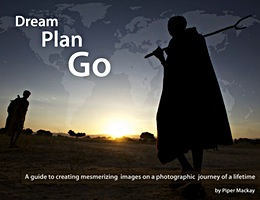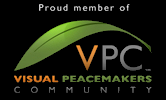
Have you ever uttered the words, “I can do that later in Photoshop?” I hear versions of this phrase often and even worse is, “I can fix it in Photoshop.” STOP!
Have you ever shot next to someone, looked in the back of his or her camera, and said, “Wow, my image doesn’t look like that.” I do this regularly, LOL. However, several years ago, I was puzzled why the image in my friend’s camera, the same brand and model as mine, was much richer in color. He looked at the back of my camera and asked, “Are you shooting on cloudy?” I responded, “No, I am in auto white balance.” This changed my world.
When editing in post, I found myself constantly warming up my images from Africa. By changing my Auto White Balance to cloudy, it warmed up and saturated the image when captured. Especially when photographing in Africa, along the equator, the light goes flat within the first 45 minute. Once the light is flat, I found if I changed my settings to cloudy and underexposed slightly, I could shoot for longer with a bigger smile when viewing my images. Then, I upped the creativity again and set the kelvins to a cool setting between 2800-3500 when the light was flat or grey. This would add a mystical look.
This year, I led a group to Mana Pools, Zimbabwe, which is the most indiscernible magical light I have seen in 14 years of photographing throughout Africa. However, even with the dappling light, through the forest, there were the typical challenges. The first image below was shot during the magical first moments of the day. The next image was shot about ½ later, on cloudy. You can see, through the back of the trees, the warm color in the light is fading. In the third image, even with the white balance on cloudy, I have lost most of the warm light. Since I still had the moodiness of the damp dropping light, In the image at the top of the page, I put my kelvins on 2800 and created the mystical look of the image in camera.
Yes, you could probably match most of the color tones in Photoshop, with the exception of the image taken at sunrise. It is a personal choice, but I find that being creative in camera adds much more instant gratification, gives you endless possibilities, and is just good for the soul. Yes, half of you may not like the creative color of the first image, as art is subjective, but I find being creative in camera continues to push the level of my photography. Are you shooting on AWB? Have you tried playing around with your auto white balance settings?









Thank you for these tips. I will try them before I get to Africa.
Awesome! Practicing these techniques in advance is wise. This is why I created my Spirit-N-Light workshop series. Take the safe shot, but then push those creative boundaries. Enjoy Africa!!
Thanks Piper for a great tip!
Keep them coming!!
I Look forward to another trip to Africa!!
Always welcome. Africa awaits! such a magical continent!
Thanks much, Piper. Really helps.
You welcome Sherry.
As much as I love your work I have to disagree. There are many things to worry about when capturing great photos and the least of them IMHO is white balance. If there is one thing that can be fixed and should be left to post processing it is this.
The camera has 5 or 6 settings. You can set this to anything in between in post. Many people, myself included, also believe in perfect exposure on the back of the camera does not yield the best photo in the digital world. Capture as in the days of plates and black and white is just that. creating the perfect image requires post processing to turn the captured data into your interpretation of the scene. That’s also why we capture in raw to get maximum data and not the prettiest picture on the back of the camera. You cetainly wouldn’t like what I have on the back of my camera 🙂
cheers
Bob
Bob, While I agree a photographer must have the technical skills to produce a quality image, it is the creativity behind the camera that gives a personal style beyond documenting a scene. For many people photography is an exciting art form expressing their experience. When shooting artistically in the camera, my goal is a dramatic image and just one that looks pretty in the back of my camera. I had to chuckle a little at the comment because in my 14 years of photographing in Africa, I don’t think I have ever looked in the camera and thought, “Oh that looks pretty.” LOL
As a person with a background in software engineering, both arguments have merit. Adjusting in-camera WB is nothing more than telling the software in camera to save the image with the appropriate setting. What is rendered to the back of the camera is a jpg version. For those who don’t use RAW and only JPG, using in-camera WB is recommended due to the destructive nature of post-processing. For RAW it does save in post-processing, however, one can argue the time saved on location (changing settings and possibly missing the action) by setting it to AWB is better served in post.
Piper, it was great meeting you at the Fountain Hills Photography Club recently and learning about your experiences in Africa and also the wonderful photos, tips and techniques. I am looking forward to my trip to Kenya in June.
Thank for you comments Vik. It was great meeting you as well. Creating in camera can just be very exciting when you are in the field. I witness first hand how excited my participants become when trying something new. As my time for editing is short and I have to move through my images quickly, it is an advantage for me to shoot with the end result in mind.
These are nice Piper, as much as I can appreciated the point that Bob has made and agree to a degree, I still love the atmosphere immediately created by your choice of coming off auto W/B – and using cool or warm kelvins to enhance the time of day, I like what is happening here.
Thank you, Silva. Yes, as I replied to Bob, there are times when an image needs to be technically perfect, but photography is also art. Pushing your creativity behind the camera gives a photographer a personal style, allowing them to tell the story they are envisioning.
will make great painting inspirations for my kid classes. Just gorgeous
Thank you Kohlene- Always a nice compliment coming from a talented artist.
Love your work and hope to one day travel on one of your tours!
As far as white balance and Kelvin degrees is concerned I regularly shoot in the cloudy setting. Helps considerably and I am a firm believer in getting the image correct in camera, and do not rely heavily on post processing. Great post!
Thanks, Dick. I Know a lot of photographers who shoot in the cloudy setting. It is a personal creative choice.
Whitebalance adjustments make no difference when shooting in raw ….
Sue I am not sure I understand you comment. I shoot in Raw. Each image above was shot in Raw, import into lightroom, and I did only a slight adjustment in curves for contrast.
I guess I’m more focused on composition when shooting and then play with the look of the image later in Lightroom but it is certainly worth considering taking the camera off auto white balance to see if that provides a better starting point for post processing. There are also situations where playing with white balance is just plain fun. A situation I remember fondly is a night time transit of the Panama Canal. The combination of lighting was doing the camera no favours at all and so it was entertaining just shooting through the settings and seeing how it turned it 🙂
Mark, I change my auto white balance setting more for the creative value it bring when I am in the field. Later, I seem to benefit in post. As you stated, playing around with the white balance it just plain fun and it can make a big difference in tough lighting!
Thanks, great article!
You are welcome Steve. I am glad to know it was helpful!
Hey Piper. This is one great article n question, with great feedback. Am a Kenyan photographer, n tho not as experienced as you, i agree using the right wb on camera is great interms of motivation n creativity.. cloudy is my personal favourite. though during midday, i prefer daylight, and aslong as am shooting in Raw, i can edit the wb later in LR.
So, to me.. It depends on what i have given priority at the time of the shoot